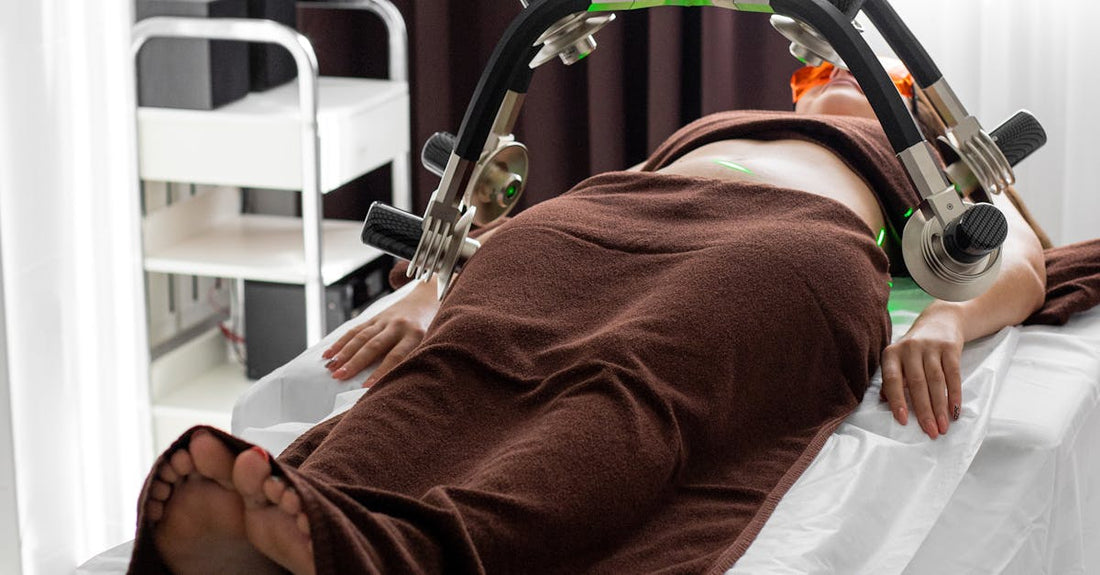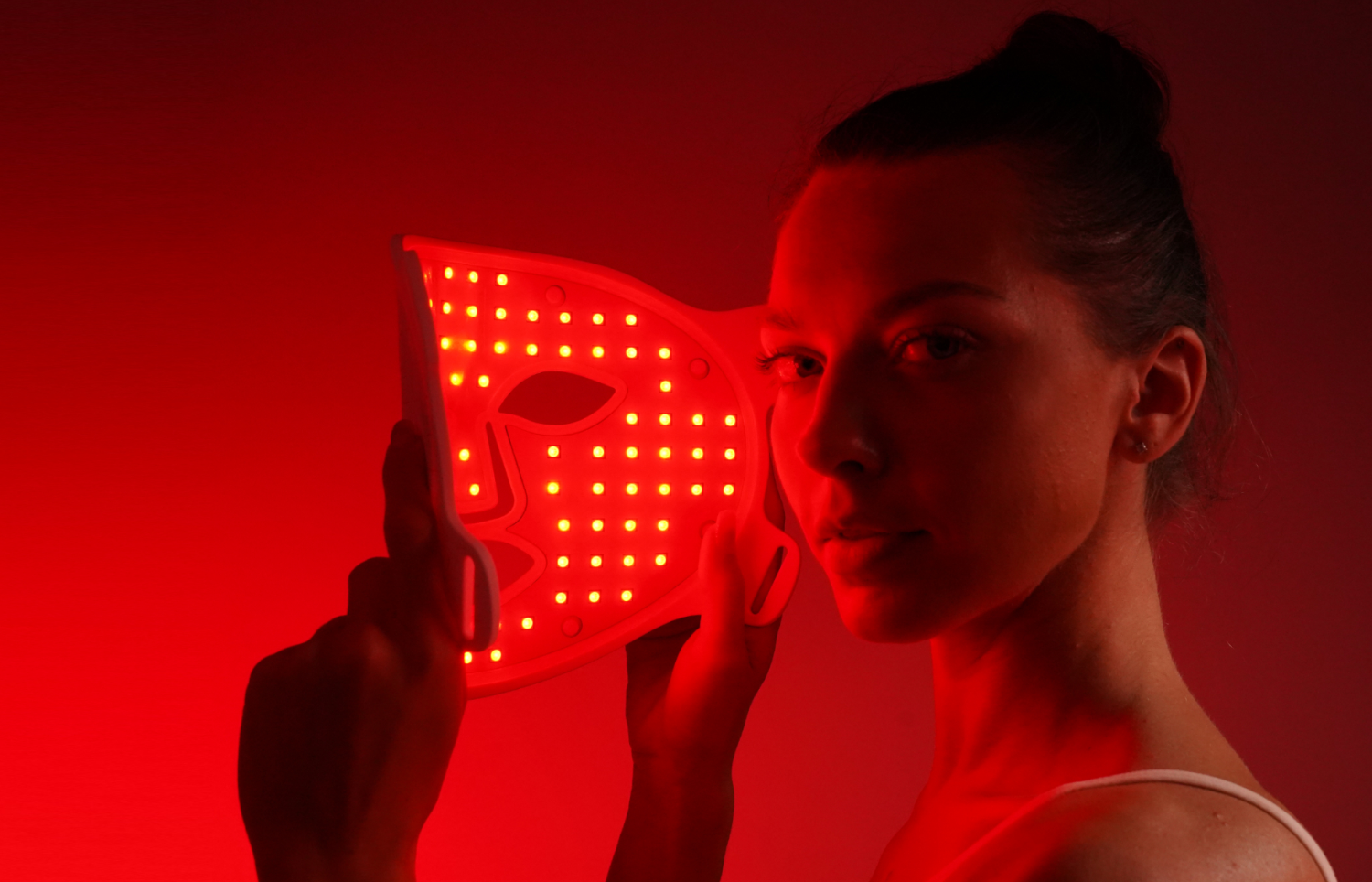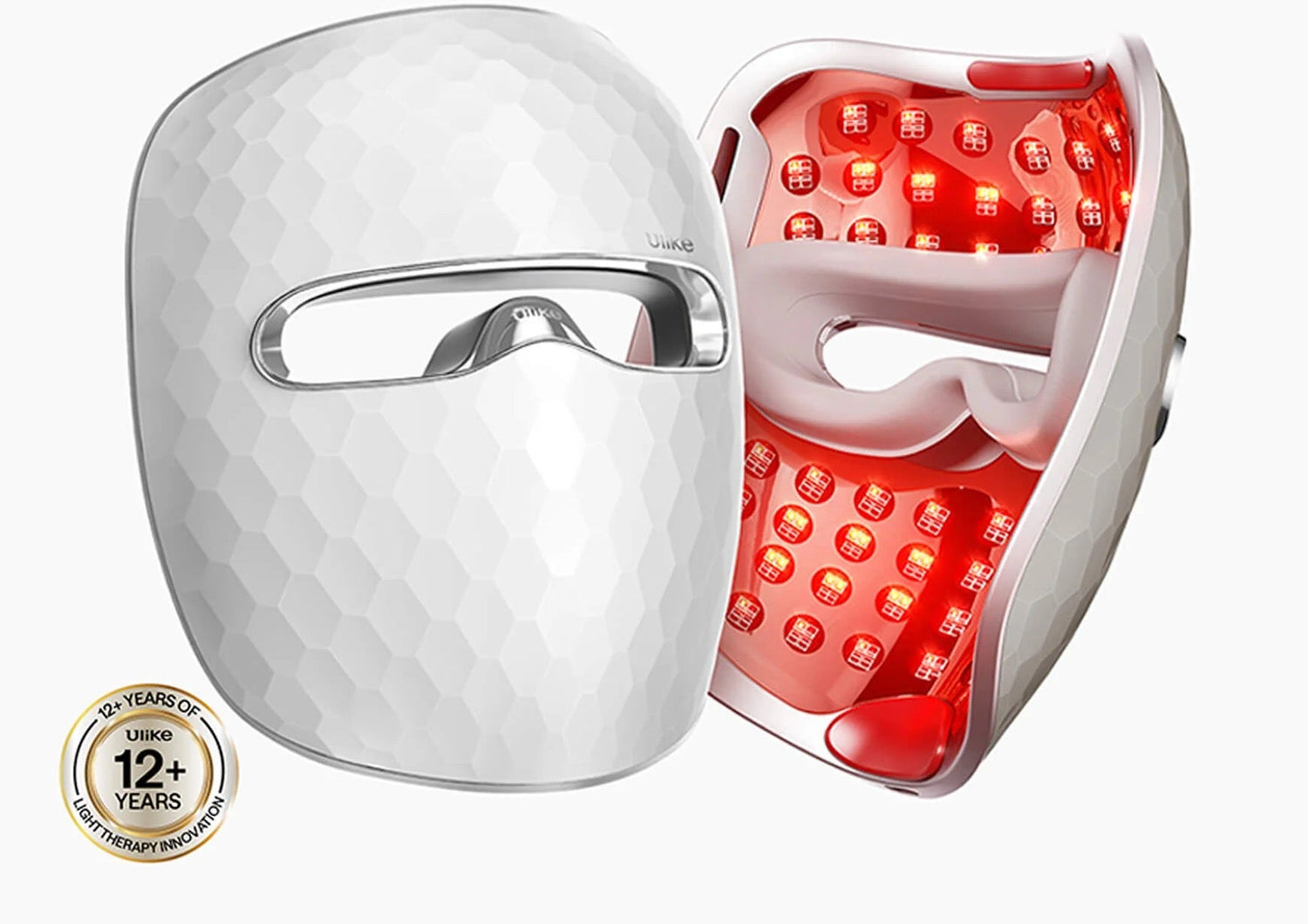
Medical-Grade Red Light Therapy Devices: What You Need to Know
megelinbeautyIn an era where non-invasive treatments are expected, medical-grade red light therapy devices stand out. They offer safe and effective relief for skin rejuvenation, muscle recovery, and inflammation reduction without adverse effects. These tools are FDA-approved and designed for various uses, from acne treatment to anti-aging.
This article explains the technology behind these devices and their effectiveness. It reviews top home-use options, from portable masks to rechargeable units for pain relief and wound healing. Considerations for purchasing, like intensity and safety features, along with user reviews, are provided to help make informed decisions. These devices are becoming essential for health and wellness, especially for joint pain and acne.
Understanding How Medical-Grade Red Light Therapy Devices Work
Mechanism of Action
Medical-grade red light therapy devices operate on the principle of delivering specific wavelengths of red and near-infrared light to the skin and underlying tissues. These wavelengths typically range between 600 nm to 1000 nm and are absorbed by the mitochondria, the energy-producing structures in cells. This absorption stimulates the production of adenosine triphosphate (ATP), which enhances cellular metabolism and promotes healing and regeneration [1]. The light emitted by these devices penetrates the skin to varying depths, depending on the wavelength used, making it effective for treating different layers of tissues, including muscles and joints.
Scientific Evidence Supporting Efficacy
A substantial body of scientific research backs the effectiveness of medical-grade red light therapy. Studies have demonstrated that this form of therapy can significantly improve skin conditions such as acne, aging, and wound healing by increasing collagen production, reducing inflammation, and enhancing blood circulation [2]. For muscle recovery and joint pain, red light therapy has been shown to reduce inflammation and pain levels, while accelerating the healing process [3]. These benefits make it a versatile and valuable tool in both cosmetic and therapeutic applications.
The therapeutic use of red light therapy is also supported by its safety profile. Being non-invasive and free from ultraviolet (UV) rays, it poses minimal risks to users, which is a crucial factor in its growing popularity for home use [4]. This safety aspect, combined with the clinical outcomes, positions medical-grade red light therapy devices as a promising option for individuals seeking effective, at-home treatment solutions.
Top Medical-Grade Red Light Therapy Devices for Home Use
Best Overall: Megelin
Megelin stands out as the most powerful portable home-based LED system, equipped with kinds of lights that include red, and near-infrared wavelengths. These lights target various skin issues such as hyperpigmentation, redness, and visible signs of aging.
Recognized for its versatility, it is FDA-approved for multiple uses including acne, wound healing, and pain relief [5]. Its celebrity endorsements and medical certifications highlight its efficacy and popularity. Notably, it is also praised for its ease of use and effectiveness in both cosmetic and therapeutic applications [6].
Best Handheld: Solawave 4-In-1 Radiant Renewal Skincare Wand
The Solawave 4-In-1 Radiant Renewal Skincare Wand is an award-winning device that combines Red Light Therapy, Galvanic Current, Vibrating Massage, and Therapeutic Warmth. This combination offers a comprehensive, spa-grade facial treatment at home, enhancing serum absorption and providing a radiant glow [7]. Users appreciate its convenience and effectiveness, with treatments requiring only minimal time while still delivering significant skin rejuvenation benefits. The device's design and functionality make it an indispensable tool for daily skincare routines [8].
Best Travel Option: reVive Light Therapy Lux Collection Glo
For those who need skincare support on the go, the reVive Light Therapy Lux Collection Glō is an ideal choice. This portable device combines red, blue, and amber light therapies to address acne, wrinkles, and support overall skin health. Its compact size and rechargeable feature allow for easy integration into travel bags, making it perfect for maintaining skincare routines while traveling. Users report visible skin clarity and texture improvements, appreciating the device's ability to treat multiple skin concerns simultaneously [9][10].
Factors to Consider When Purchasing a Medical-Grade Red Light Therapy Device
Safety Certifications
When choosing a medical-grade red light therapy device, it is imperative to ensure that the device meets established safety standards. Devices that are FDA-cleared or CE certified have undergone rigorous testing to confirm their safety and efficacy. These certifications guarantee that the device adheres to strict medical and safety regulations, providing reassurance to the user [11][5].
Device Features
The effectiveness of a red light therapy device is significantly influenced by its features. Key considerations include the type of light emitted—red, near-infrared, or a combination of both. Each type offers different benefits, with red light typically used for surface skin treatments and near-infrared light providing deeper tissue penetration [12]. Optimal wavelength ranges, such as 660-670 nm for red light and 830-850 nm for near-infrared, are crucial for maximizing the therapeutic effects [12]. Additionally, the light intensity and irradiance determine how much energy is delivered to the skin, impacting the treatment's effectiveness. Devices with more LED lights can offer more comprehensive coverage and reduce treatment duration [12]. Adjustable settings for intensity and wavelength can also tailor the therapy to individual needs, enhancing the user experience [5].
Price Range
Cost is a significant factor when investing in a red light therapy device. The price can vary widely, influenced by the device's features, brand, and certifications. While some basic models may be affordable, more advanced units with extensive features and higher power outputs can be considerably more expensive [5]. It's essential to balance budget considerations with the desired therapeutic outcomes to choose a device that offers the best value for money.
Selecting the right medical-grade red light therapy device involves careful consideration of safety certifications, device features, and price. Ensuring the device is certified, understanding the specific light wavelengths and intensities it offers, and considering the financial investment will help individuals make an informed decision that aligns with their health and wellness goals.
User Reviews and Experiences
User testimonials and firsthand experiences with medical-grade red light therapy devices provide invaluable insights into their effectiveness and user satisfaction. These reviews often highlight significant improvements in various skin conditions and overall well-being.
Case Study: Wrinkle Reduction
One user shared a compelling narrative about their experience with a red light therapy device, specifically noting its impact on skin health. They reported a noticeable lightening of melasma, a condition that had persisted for 35 years, within just two weeks of use. Additionally, significant reductions in fine lines and a deep wrinkle were observed, enhancing their facial aesthetics considerably [13]. Clinical studies support these findings, revealing visible changes in wrinkles and skin roughness after consistent use of red light therapy, with some studies showing no significant differences in collagen density and wrinkle status compared to other light therapies [14].
Case Study: Pain Management
Red light therapy has also been recognized for its pain management capabilities. Users have reported effective relief from chronic pain conditions such as fibromyalgia and osteoarthritis. In one case, a user noted a decrease in pain from non-specific knee pain after incorporating photobiomodulation therapy (PBMT) into their treatment regime [15]. Clinical trials have demonstrated that PBMT can significantly reduce pain intensity in various musculoskeletal conditions, and it is particularly noted for its non-invasive nature and lack of side effects compared to traditional pain management strategies [15].
Furthermore, red light therapy's role in improving sleep patterns and reducing the need for naps was highlighted by another user, who experienced noticeable improvements in their sleep quality shortly after starting the therapy [16]. This aligns with research indicating that red light therapy can help modulate body rhythms and enhance sleep quality, providing a holistic improvement in users' quality of life.
These user experiences underscore the multifaceted benefits of medical-grade red light therapy devices, not only in addressing specific skin issues but also in enhancing general health and well-being. The positive feedback from users, coupled with supportive clinical evidence, makes a compelling case for considering red light therapy as a valuable addition to health and wellness regimens.
Conclusion
We've explored medical-grade red light therapy devices and their benefits for skin health, pain management, and overall well-being. These non-invasive, effective tools are increasingly popular for home use. Highlighted models, like the Dermalux Flex MD and reVive Light Therapy Lux Collection Glō, show the technology's adaptability and user-focused design, stressing the importance of choosing the right device for individual health goals.
In summary, red light therapy enhances quality of life and holds significant value in modern wellness. By considering safety certifications, device features, and user reviews, we guide informed decisions. This discussion supports wider adoption and ongoing research, marking a pivotal step in personal healthcare with accessible, advanced wellness solutions.
FAQs
1. What should I consider before undergoing red light therapy?
Before starting red light therapy, it is crucial to remove any skincare products that could hinder the effectiveness of the treatment. Products such as sunscreen and makeup can block the red and near-infrared LED lights used in the therapy. For best results, ensure your skin is clean and free of these products before your session.
2. How do I identify a medical-grade red light therapy device?
A medical-grade red light therapy device should emit light at wavelengths within the therapeutic window, specifically between 630 to 660 nanometers (nm) and 810 to 850 nm. These specific wavelengths are proven to be effective and are essential for a device to be considered medical-grade. Always check that the device specifies these wavelengths.
3. What are the professional opinions on red light therapy?
Doctors and researchers have found that red light therapy can be beneficial for the skin, particularly in smoothing skin and reducing wrinkles by stimulating collagen production. It is also shown to improve skin elasticity and signs of sun damage and can be an effective treatment for acne.
References
[1] - https://hoogahealth.com/blogs/news/medical-grade-red-light-therapy-devices-a-complete-guide
[2] - https://www.celluma.com/blogs/blog/medical-grade-red-light-therapy-devices-celluma
[3] - https://www.rehabmart.com/post/medical-grade-red-light-therapy-for-business
[4] - https://www.webmd.com/skin-problems-and-treatments/red-light-therapy
[5] - https://apnews.com/buyline-shopping/article/best-red-light-therapy-devices
[6] - https://reallyree.com/dermalux-flex-md-light-therapy-device-review/
[7] - https://www.solawave.co/products/radiant-renewal-skincare-wand-with-red-light-therapy
[8] - https://nymag.com/strategist/article/solawave-radiant-renewal-wand-review-2024.html
[9] - https://www.amazon.com/reVive-Light-Therapy-Collection-Reduction/dp/B0C7JT5W2P
[10] - https://ledtechnologies.com/product/revive-glo-lux-collection/
[11] - https://www.kandyway.com/pages/certifications-and-testing
[12] - https://www.rehabmart.com/post/how-to-choose-a-red-light-therapy-device
[13] - https://www.amazon.com/Red-Light-Therapy-Infrared-Combo-Red-Therapy-Device/product-reviews/B0B42BS3NL
[14] - https://www.ncbi.nlm.nih.gov/pmc/articles/PMC3926176/
[15] - https://www.ncbi.nlm.nih.gov/pmc/articles/PMC9980499/
[16] - https://www.amazon.com/Therapy-Device-Infrared-Clinical-Anti-Aging/product-reviews/B07ZCDDLDN










